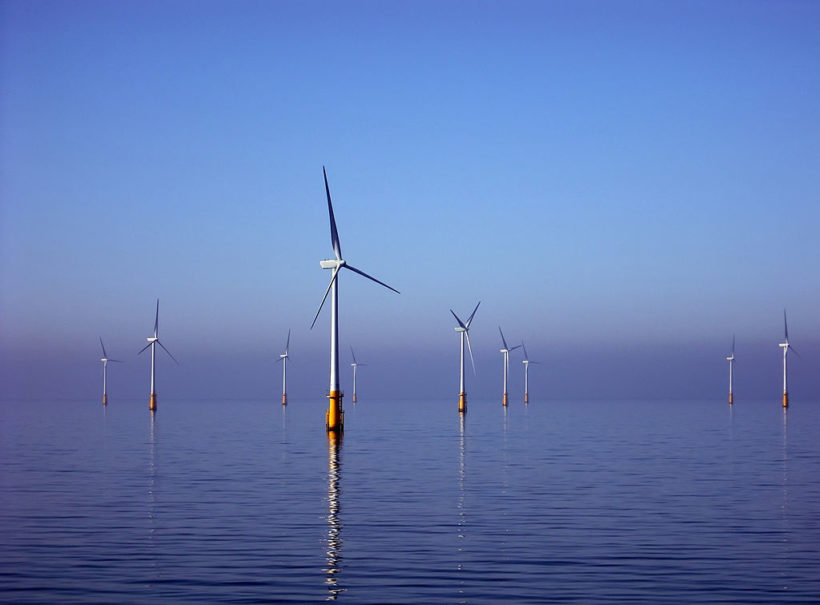Sustainability branding is becoming more and more prominent all around us, no matter the industry. The energy market is no exception. It’s undergoing the largest transition since its origin, causing the future of an energy company being determined by its ability to adapt.
We have seen numerous examples of energy companies attempting to change in recent years. These initiatives vary from comprehensive rebrandings with new names, such as Engie, Ørsted or BP, to more incremental modifications, such as E.ON. Some are successful, others are not. There is a common denominator between them. All include some element of sustainability branding and a move towards a greener future.
A recent example of such rebranding is Statoil’s move to become Equinor.
A brief history of Statoil
Statoil was established by the Norwegian government in 1972. The political stimulus was to participate in the global oil industry and to build competency within the industry to establish foundations for it in Norway.
The Norwegian oil sector became immensely important to the country with 14% of GDP 13% of employment coming from the industry. With Statoil being the largest company therein, it became just as important to Norwegians as the industry itself, both rationally and emotionally, a point proved by its brand value.

The rationale behind the rebranding
The industry is under pressure from several trends, the most prominent being the climate change megatrend. People are moving from mere climate awareness to climate action and its perception of sustainability is shaping how people behave in terms of thinking and doing.
The mindset is changing. This affects the energy industry as a whole and individual companies. People do not want to work for polluting oil giants or buy their energy from old-fashioned utilities. People want to do their business with strong sustainable brands which contribute towards a greener future.
Statoil with its almost 50 years of reputation as an oil company, was in an unfavorable position. They thus decided to rebrand, pursuing a sustainability branding strategy, and moving from a company focused only on oil, to a broader energy company.
From Statoil to Equinor
The name, Equinor, shows that the company is serious about a strategic shift toward renewables and evens the playing field by finally removing “oil” from the company name.

Image credit: UnderConsideration
The name is a combination of “equi”, referring to equality and equilibrium, and “nor” referring to its decades of heritage and proud Norwegian origins. The company also introduced a new colour palette to further strengthen the connection to Norwegian roots and nature.
Considering the ongoing changes in the sector, it is imaginable that people will find it easier to form a strong connection to the Equinor brand rather than Statoil, looking forward. Considering the two in parallel, equality, heritage, and nature is a stronger selling point and invokes positive emotions, contrary to Statoil which literally means “State Oil”.
Sustainability branding requires sustainable action
It’s not sustainable to rely on only one source of energy. Equinor aims to be a diverse company, operating tenably both in renewables and fossil fuels. This represents a more aggressive focus on one of the brand pillars, low carbon, while still fulfilling the two others: always safe and delivering high value.
We definitely don’t know how the future will look like, the only thing we know for sure is that it will not look the same.
Henrik Habberstad, Creative Director at Equinor at CHARGE 2018
Sustainability branding can not be carried out without proper actions to back it up. Without legitimate backing, there is a risk of being called out for greenwashing.
Equinor has committed to directing 15% – 20% of total investments into profitable new energy solutions in the coming years and the company is currently looking into new innovative ways to produce oil. Granted, 15% – 20% is only one piece of the pie, but it is a considerably larger slice than the previous 5% directed towards new or renewable energy solutions.

The increased investments into renewable energy are the company’s answer to consumers’ concern for climate change, they back up the sustainability branding strategy, and are an act of responsibility that is expected within the sector.
The new brand has received mixed responses. While some are thrilled with the change and excited for the future, others are skeptical that the company is truly changing and claim that the sustainability branding strategy is simply greenwashing. This is a challenge for the company to prove through actions and communications. At the end of the day, a new name only gets you so far.
Statoil became Norway’s most valuable brand by building trust and constantly delivering on promises. And now it must build on that trust by transferring the Statoil brand equity over to the Equinor brand. If the company manages to do that and implements and communicates the new brand well, it can enjoy long-term success.
Editor’s note: this article originally appeared on the CHARGE blog
Save the date! Leaders in Energy will be participating in CHARGE, the knowledge and networking platform for energy brands, in Iceland this September 30th and October 1st. Members of our community who are interested in attending can use the coupon code “FIFTEEN4CHARGE” to get 15% off. More information about the conference can be found here.



Leave a Reply